When we think about ancient civilizations, it’s easy to imagine them as primitive, struggling to survive in harsh conditions. However, many of these societies were incredibly advanced, pushing the boundaries of science, art, and architecture in ways that still amaze us today. From intricate cities built without modern tools to inventions that shaped the course of history, these civilizations were far ahead of their time.
Take a closer look at the civilizations that created groundbreaking technologies, mastered complex systems of governance, and constructed monumental structures long before most people would expect. These ancient societies didn’t just survive—they thrived in ways that still influence the world around us. From the Egyptians to the Maya, their legacies continue to be a reminder of human ingenuity and creativity throughout history.
Ancient Egypt
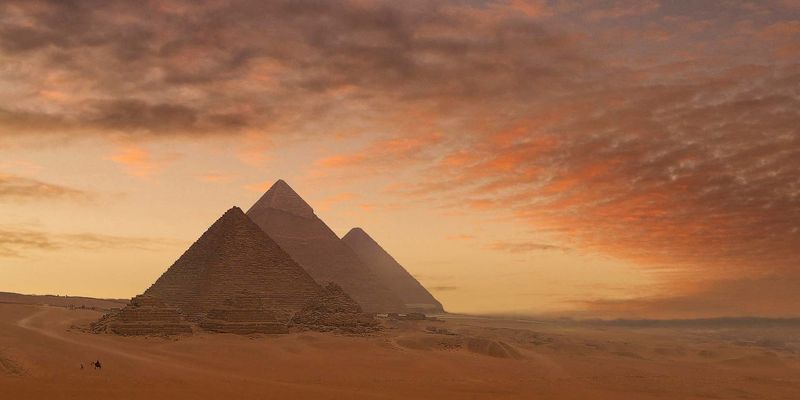
The Great Pyramid of Giza stands as a testament to Ancient Egypt’s architectural brilliance. This civilization excelled in engineering, medicine, and art. Hieroglyphics decorated tombs, unraveling the mysteries of their deities and beliefs.
Their achievements in agriculture, thanks to the Nile’s fertile banks, supported a thriving society. The pyramids, with their precise alignments, reflect astronomical knowledge.
Ancient Egyptians pioneered mummification, preserving bodies for the afterlife, showcasing their understanding of human anatomy. Their art, adorned with vibrant colors, depicted daily life and spiritual beliefs. Truly, Ancient Egypt was a beacon of innovation and culture.
Indus Valley Civilization
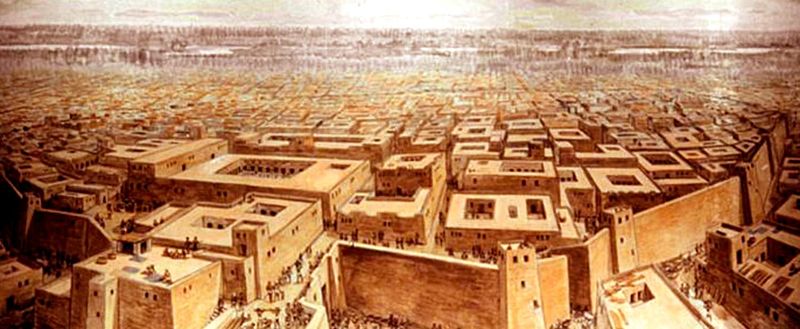
The Indus Valley Civilization, thriving around 2600 BCE, was a marvel of urban planning. Cities like Harappa and Mohenjo-Daro boasted grid-like streets and advanced drainage systems.
Their craftsmanship in pottery and metallurgy was unparalleled, with intricate designs. The use of standardized weights and measures indicated a sophisticated trade system.
Despite a script that remains undeciphered, their seals reflect a rich cultural tapestry. The emphasis on hygiene, with well-organized bathing facilities, was remarkable. The peaceful nature of this civilization, with scant evidence of warfare, highlights a unique societal structure focused on community well-being.
Minoan Civilization
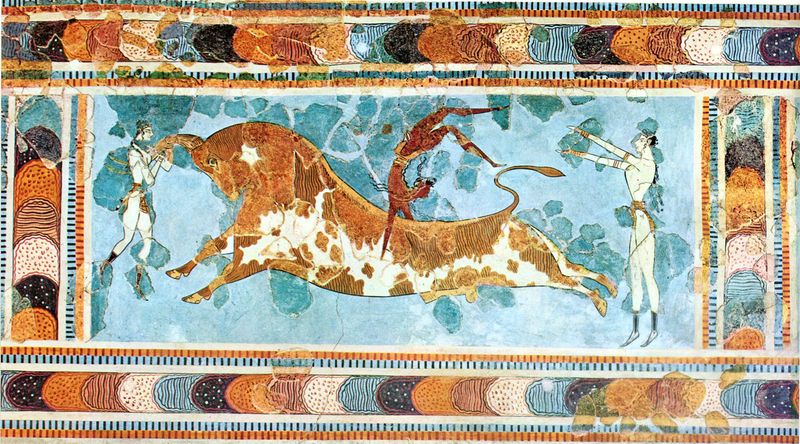
The Minoans, flourishing on Crete, were pioneers of maritime trade. Their palatial complexes, like Knossos, were architectural masterpieces with vibrant frescoes depicting daily life and rituals.
Their language, Linear A, remains a mystery, but their influence on Greek culture is undeniable. Minoan art celebrated nature, with motifs of dolphins and flora.
They excelled in ceramics, with intricate patterns and forms. The Minoans’ peaceful society, with no fortified walls, suggests a focus on diplomacy. Their religious practices, centered around goddesses, reflect a matriarchal influence, further enriching our understanding of ancient cultural dynamics.
Ancient China
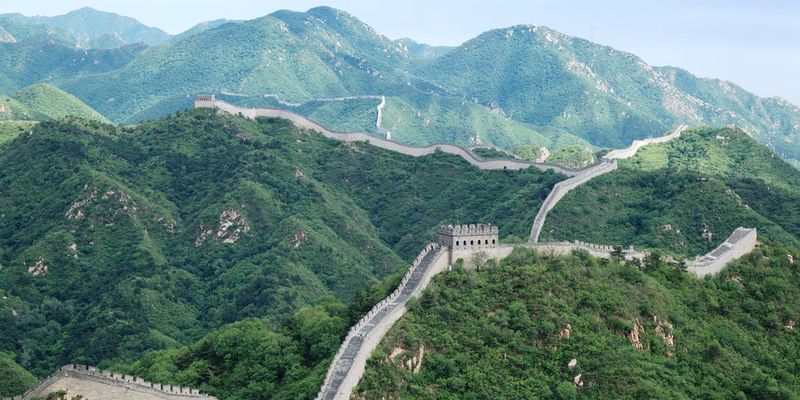
Ancient China was a hub of innovation, introducing paper, gunpowder, and the compass, transforming societies worldwide. The construction of the Great Wall showcased their engineering prowess.
Chinese philosophers like Confucius and Laozi shaped ethical and philosophical thought, influencing generations. Their calligraphy, an art form, conveyed beauty and meaning.
Advancements in agriculture, with the development of rice cultivation, supported population growth. The Silk Road facilitated cultural exchange, connecting East and West. The emphasis on harmony, reflected in their art and architecture, underscores a civilization committed to balance and progress, leaving a profound legacy.
Ancient Greece
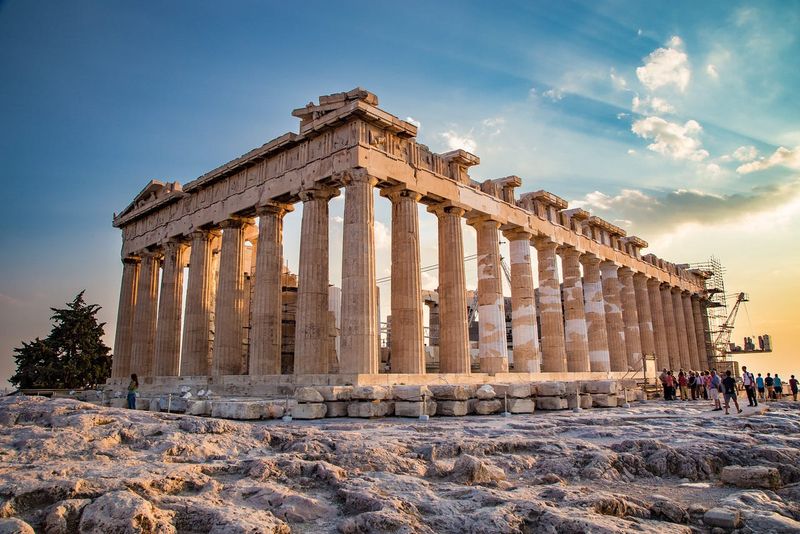
Ancient Greece, the cradle of democracy, fostered thinkers like Socrates, Plato, and Aristotle. Their philosophical ideas laid the groundwork for Western thought.
Greek architecture, epitomized by structures like the Parthenon, showcased symmetry and proportion. In mathematics, figures like Pythagoras and Euclid made groundbreaking contributions.
The Greeks excelled in drama and arts, with playwrights like Sophocles creating enduring works. Their Olympic Games celebrated physical prowess and unity. Greek mythology, rich with gods and heroes, continues to inspire literature and art, reflecting a civilization that merged intellect with imagination.
Maya Civilization
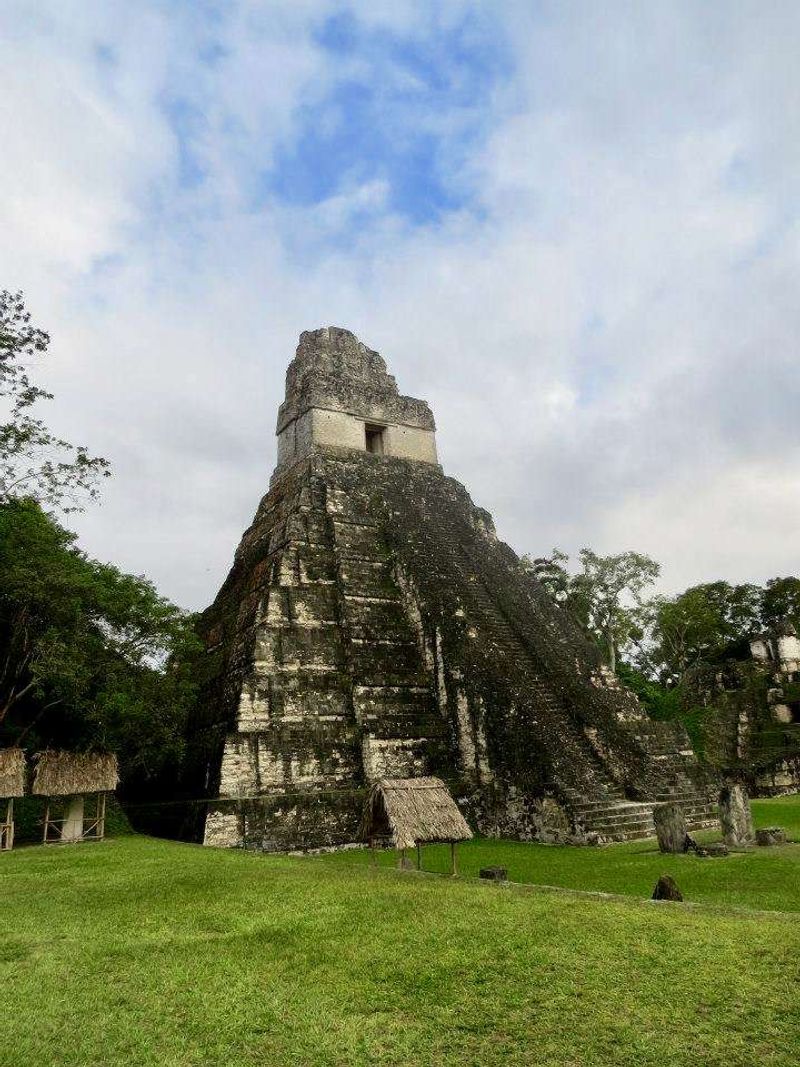
The Maya civilization, known for its complex calendar system, thrived in Mesoamerica. They constructed monumental cities like Tikal and Chichen Itza, showcasing architectural brilliance.
Maya hieroglyphs, one of the earliest writing systems in the Americas, recorded their history and rituals. Their astronomical observations, predicting solar eclipses, were astonishing.
The Maya excelled in mathematics, with the concept of zero being a remarkable achievement. Their art, with intricate carvings and vibrant murals, depicted gods and daily life. Despite challenges, the Maya legacy endures, highlighting a civilization rich in knowledge and creativity.
Roman Empire
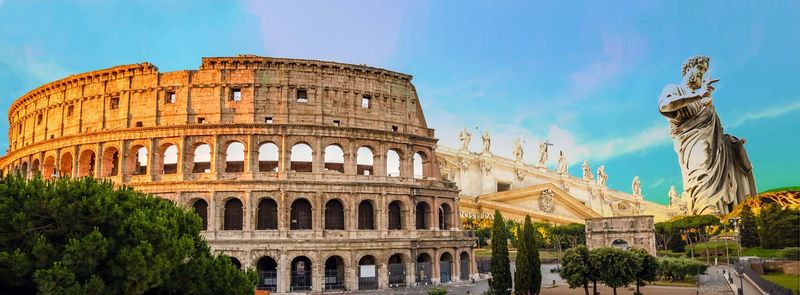
The Roman Empire, renowned for its legal system and governance, was a pinnacle of engineering and architecture. Structures like the Colosseum and aqueducts illustrated their technical prowess.
Romans excelled in urban planning, with cities featuring roads, baths, and forums. Latin, the foundation of Romance languages, was a testament to their cultural influence.
Their military innovations and strategies expanded their territory far and wide. Roman art and literature, with poets like Virgil, celebrated human and divine narratives. The empire’s legacy, from architecture to law, continues to resonate, exemplifying a civilization of ambition and achievement.
Inca Empire
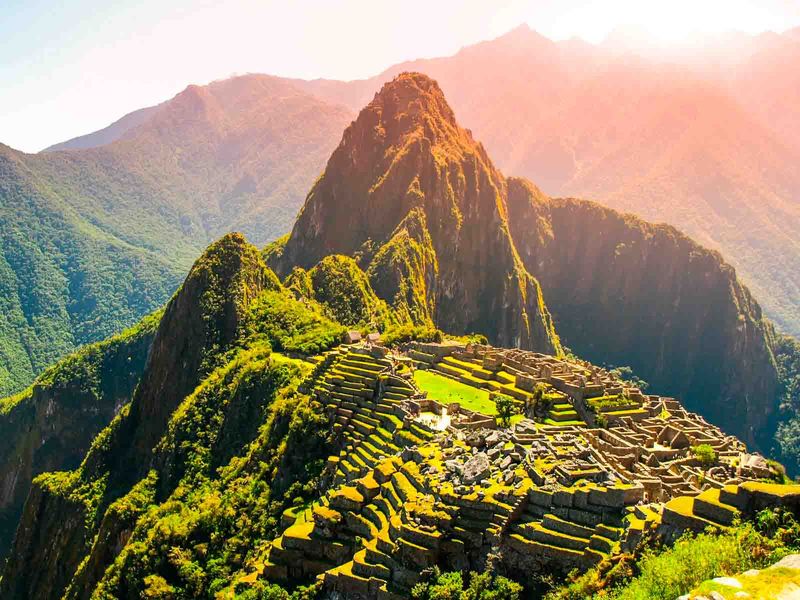
The Inca Empire, sprawling across the Andes, was renowned for its architectural feats. Machu Picchu, a marvel of engineering, stands as a symbol of their ingenuity.
They constructed an extensive road network, connecting distant regions, facilitating communication and trade. The Incas excelled in agriculture, with terraced farming techniques maximizing arable land.
Their society, organized with a unique system of labor and resource distribution, emphasized communal welfare. Incan art, with intricate textiles and goldwork, reflected their rich cultural heritage. Despite Spanish conquest, the Inca legacy endures, highlighting a civilization adept at adaptation and innovation.
Persian Empire
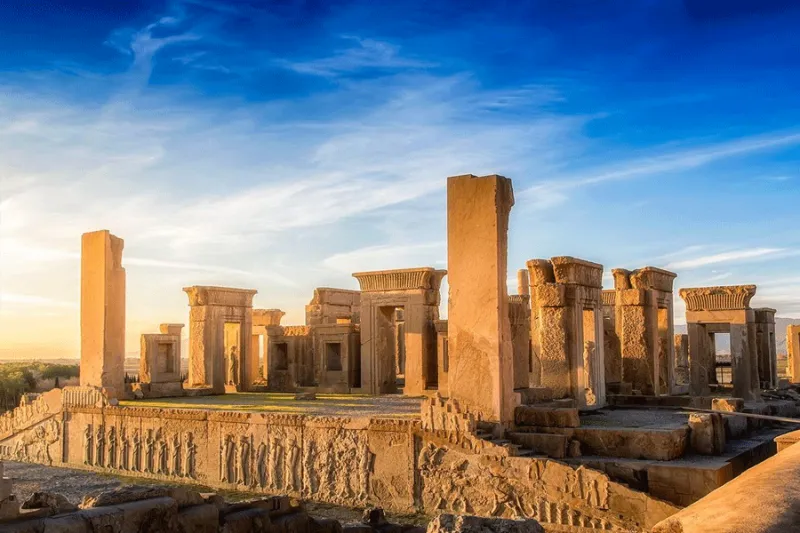
The Persian Empire, under leaders like Cyrus and Darius, was a beacon of governance and culture. Their administrative system, with satraps, ensured efficient rule over vast territories.
The Royal Road facilitated communication and trade, uniting diverse regions. Persian art and architecture, epitomized by Persepolis, showcased intricate designs and monumental structures.
Zoroastrianism, their religion, influenced later faiths with concepts of duality and morality. The empire’s emphasis on tolerance and infrastructure laid the groundwork for future civilizations, demonstrating a sophisticated approach to empire-building and cultural integration.
Aztec Empire
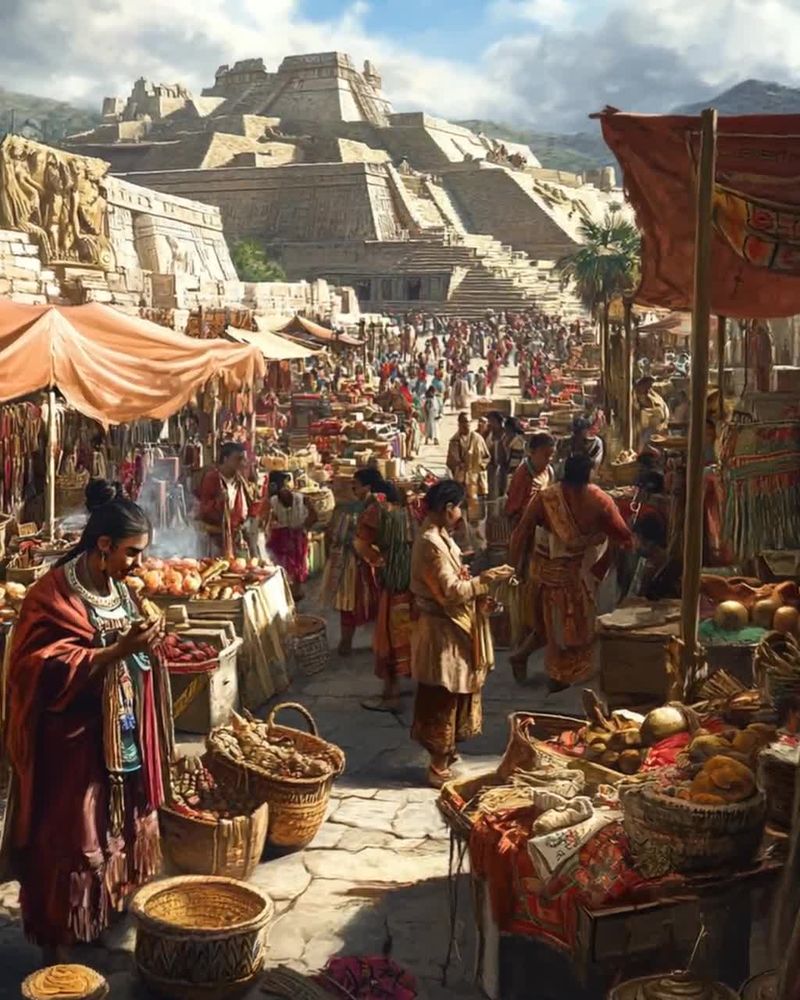
The Aztec Empire, centered in Tenochtitlán, was a testament to engineering and agricultural innovation. Their chinampas, or floating gardens, revolutionized farming.
Aztec society, rich in rituals and traditions, worshiped a pantheon of gods, with elaborate ceremonies. Their calendar system was complex, guiding agricultural and religious activities.
Aztec warriors, adorned in vibrant costumes, were formidable, expanding their empire through conquest. The arts flourished, with intricate featherwork and stone sculptures. Despite their eventual downfall, the Aztec legacy, rich in culture and innovation, continues to captivate historians and artists alike.
Ottoman Empire
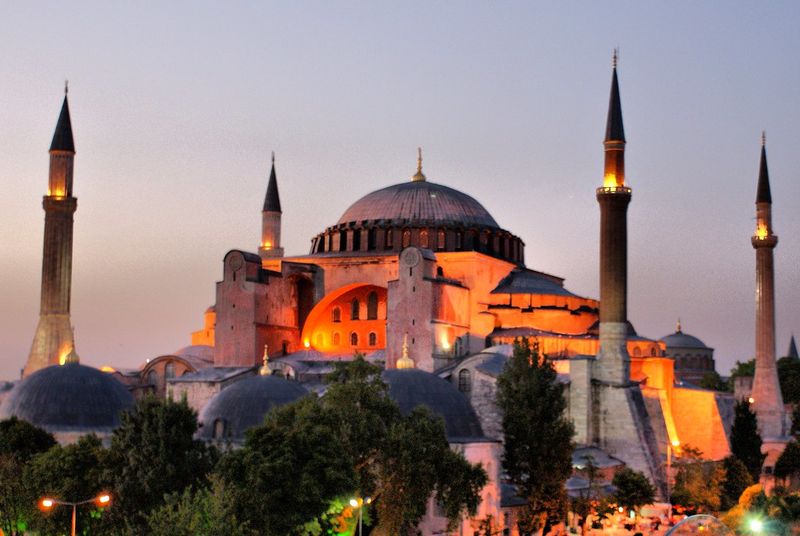
The Ottoman Empire, bridging East and West, was a hub of culture and innovation. Under leaders like Suleiman the Magnificent, they excelled in governance and the arts.
Ottoman architecture, with landmarks like the Hagia Sophia, showcased a blend of Byzantine and Islamic influences. Their legal system, the Kanun, provided a structured approach to governance.
The empire was a center of trade, connecting continents. Ottoman textiles and ceramics were highly prized, reflecting a rich artistic tradition. The cultural synthesis, from music to cuisine, highlights a civilization adept at integrating diverse influences, leaving a lasting impact on history.
Mesopotamia
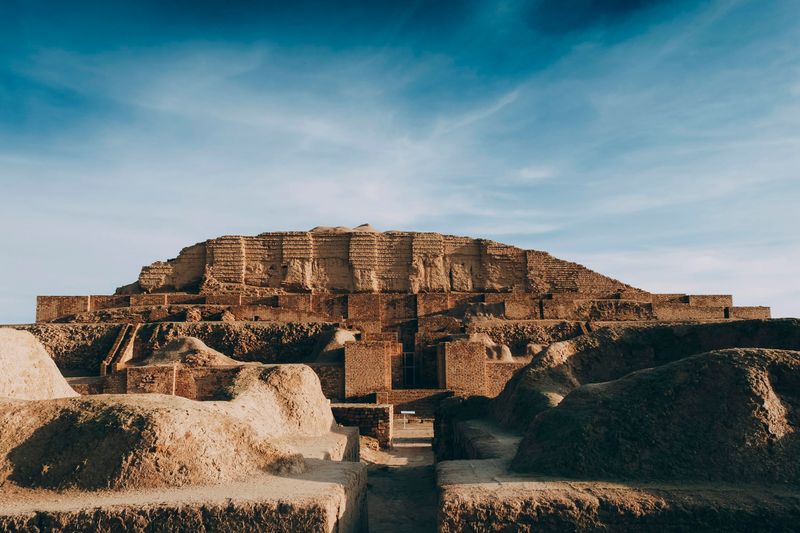
Mesopotamia, the cradle of civilization, was where writing, law, and urban life began. The Sumerians, Akkadians, and Babylonians left a profound legacy.
Cuneiform script, etched on clay tablets, recorded history and commerce. The Code of Hammurabi was an early legal framework, reflecting a structured society.
The ziggurats, towering religious edifices, symbolized spiritual devotion. Mesopotamian astronomy and mathematics laid groundwork for future discoveries. Their art, with cylinder seals and carved statues, depicted religious and daily life themes. Mesopotamia’s innovations in governance and culture underscore its pivotal role in human history.
Nubian Kingdoms
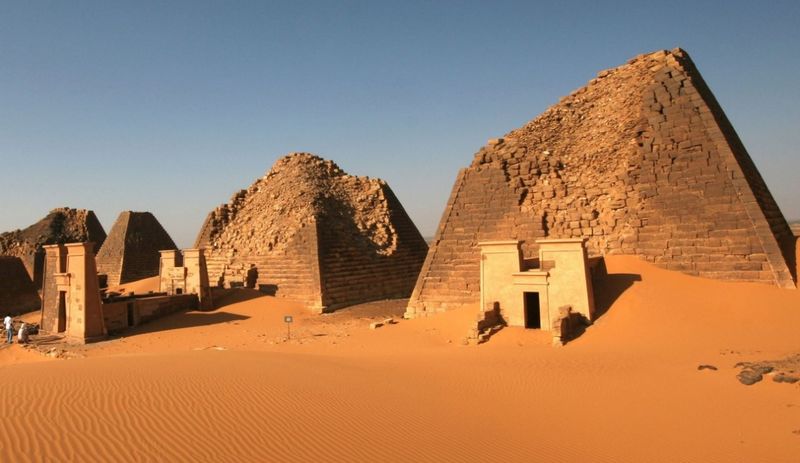
The Nubian Kingdoms, south of Egypt, were renowned for their wealth and culture. The Kingdom of Kush, with its capital at Meroë, boasted impressive pyramids and temples.
Nubians were skilled in iron smelting, advancing metallurgy in Africa. Their trade networks extended across the continent, thriving in gold and ebony.
Nubian art and architecture, with Egyptian influences, were uniquely expressive. The queens, known as Kandakes, wielded significant power and influence. The Nubian legacy, with its rich history and cultural achievements, highlights a civilization that thrived through adaptation and resilience against external forces.
